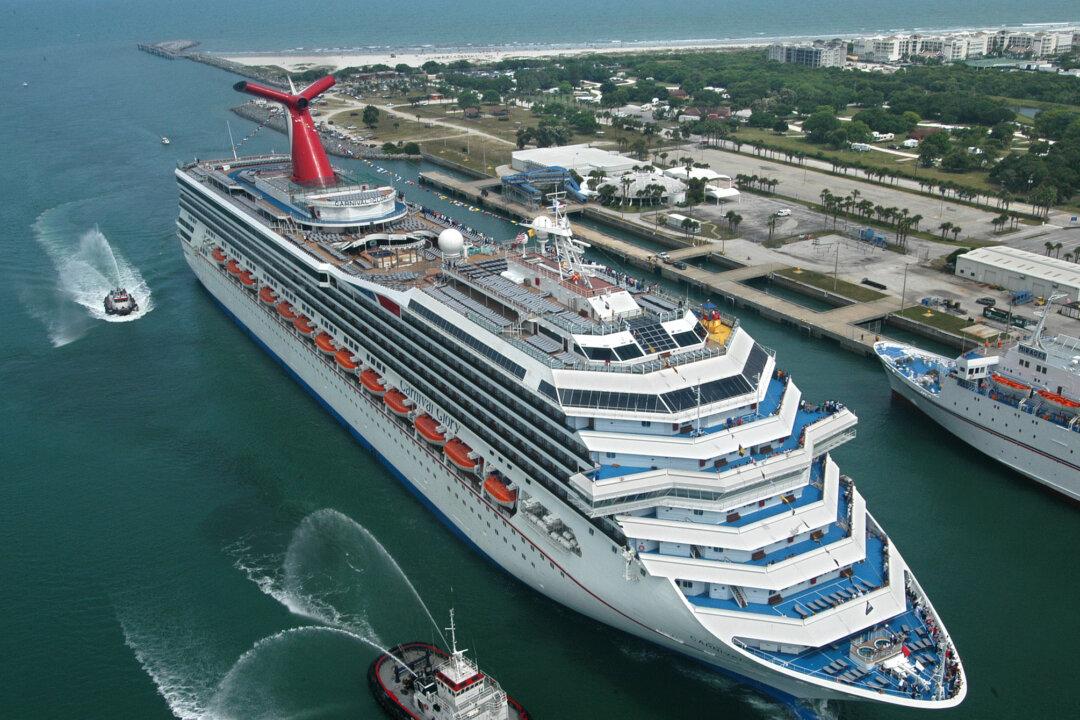Carnival Cruise Lines—which includes brands such as Cunard, Princess Cruises, Aida, and P&O—has posted a massive $4.4 billion loss for the second quarter, and is fast-tracking plans to sell 6 of its ships in a bid to reduce costs and raise cash.
As the CCP (Chinese Communist Party) virus crisis wreaked havoc on the travel industry in April and May, and on cruise operators in particular, cruise lines were forced to adopt extreme measures to ensure the safety of passengers and crew. As cruises were canceled and revenue nosedived, Carnival said in a statement that it had to return 260,000 cruise passengers to their homes, and repatriate some 60,000 crew members to 130 countries around the world.





